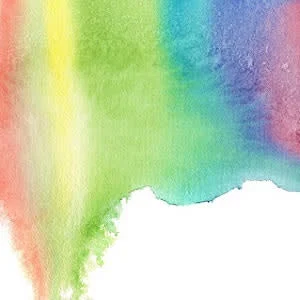A brief bedside visual art intervention (BVAI) facilitated by art educators improved mood and reduced pain and anxiety in a study of inpatients with haematological cancers. The findings indicate that experiences provided by artists within the community may be an adjunct to conventional treatments in patients with cancer-related mood symptoms and pain.
Treatment of cancer‐related symptoms represents a major challenge for physicians. The purpose of this pilot study was to determine whether this kind of bedside art therapy, implemented with support from art educators, improves mood, reduces pain and anxiety in patients with haematological malignancies.
In this study, 21 female and 10 male patients admitted to the inpatient bone marrow transplant and haematologic services at Mayo Clinic-Rochester were invited to participate in a BVAI where the goal of the session was to teach art technique for approximately 30 minutes. A total of 19 female and 2 male patients participated.
The results show significant improvements in positive mood and pain scores of the participants, as well as decreases in negative mood and anxiety. In addition, the study patients perceived BVAI as overall positive (95 percent) and wished to participate in future art-based interventions (85 percent).
Future studies with balanced gender participation may support the generalisability of these findings, according to the Mayo Clinic research team. The current study is published in the European Journal of Cancer Care.
Source: Wiley
Image Credit: Pixabay
References:
Saw JJ, Curry EA, Ehlers SL, et al. (2018) A brief bedside visual art intervention decreases anxiety and improves pain and mood in patients with haematologic malignancies. Eur J Cancer Care. 2018;e12852. https://doi.org/10.1111/ecc.12852
Latest Articles
cancer patients, Bedside art therapy, bedside visual art intervention, BVAI
A brief bedside visual art intervention (BVAI) facilitated by art educators improved mood and reduced pain and anxiety in a study of inpatients with haematological cancers. The findings indicate that experiences provided by artists within the community ma


![Tuberculosis Diagnostics: The Promise of [18F]FDT PET Imaging Tuberculosis Diagnostics: The Promise of [18F]FDT PET Imaging](https://res.cloudinary.com/healthmanagement-org/image/upload/c_thumb,f_auto,fl_lossy,h_184,q_90,w_500/v1721132076/cw/00127782_cw_image_wi_88cc5f34b1423cec414436d2748b40ce.webp)





